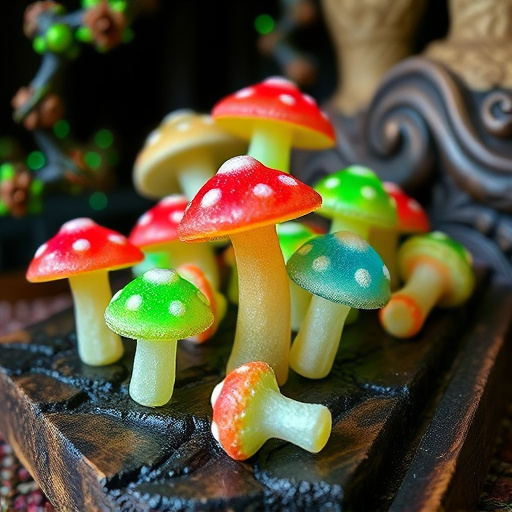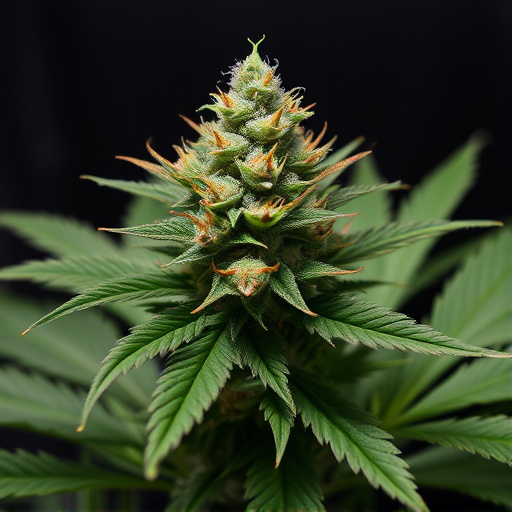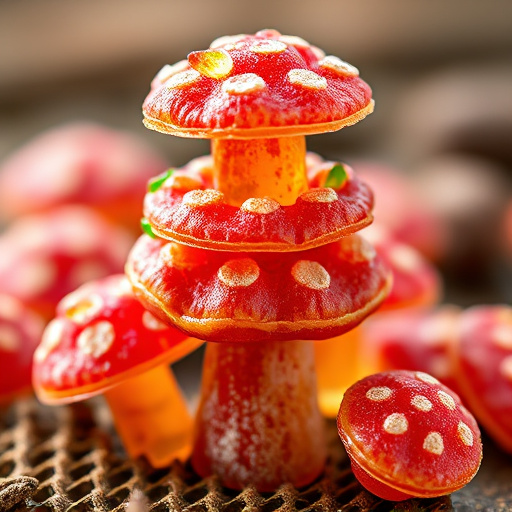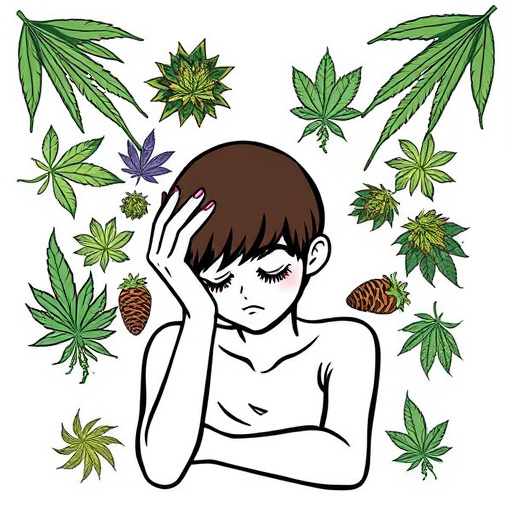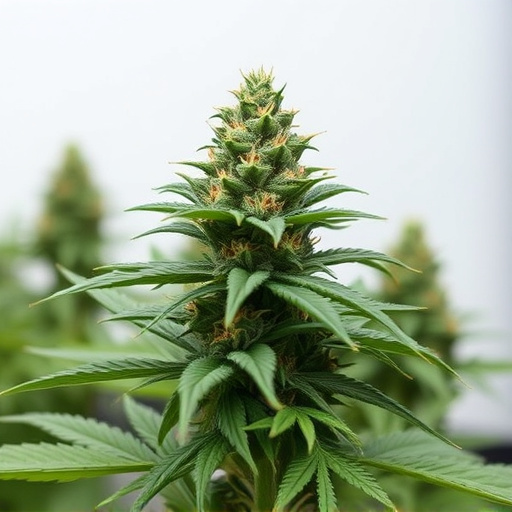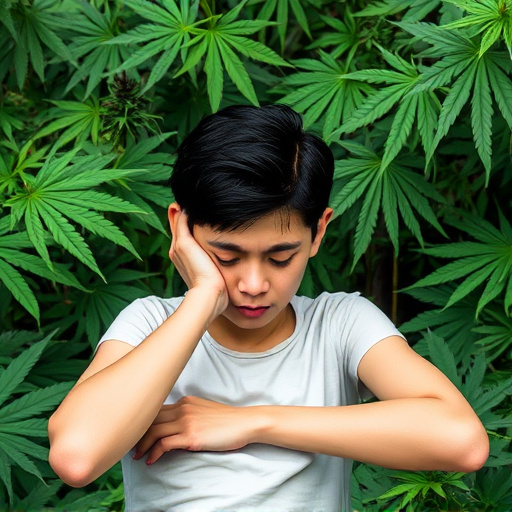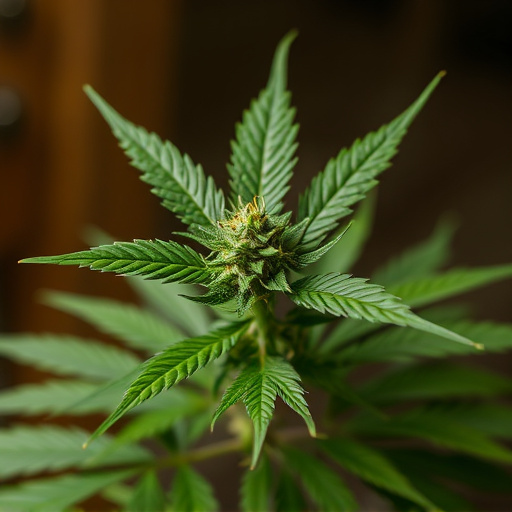Dried-out weed, caused by factors like poor watering or extreme weather, can reduce cannabis quality and impact its therapeutic effects, especially for treating depression. Early signs of dehydration include browning/crispy leaves. High-CBD, low-THC strains like Granddaddy Purple are popular for their calming effects without increasing anxiety. Restoring dried plants involves timely waterings, optimal humidity, balanced fertilizers, and pruning dead parts to encourage new growth.
Discover the best ways to restore dried-out weed and revive its potency. Understanding the causes of dried-out cannabis, such as improper storage or aging, is key to effective restoration. Explore top cannabis strains known for their depression relief properties, providing both relaxation and therapeutic benefits. Learn practical step-by-step guide techniques to rejuvenate your dried herb, ensuring optimal flavor, aroma, and efficacy.
- Understanding Dried-Out Weed and Its Causes
- Choosing the Right Cannabis Strains for Depression Relief
- Effective Restoration Techniques: A Step-by-Step Guide
Understanding Dried-Out Weed and Its Causes
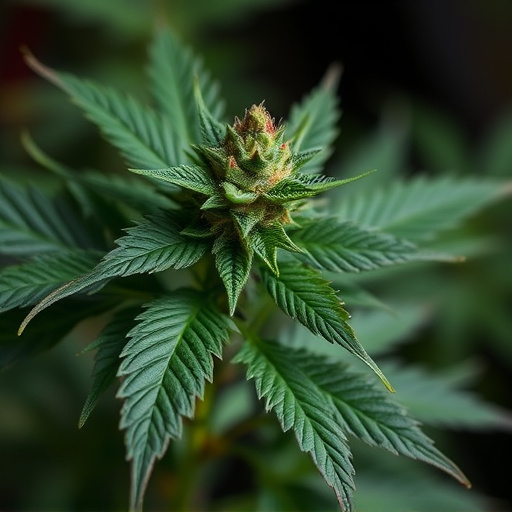
Dried-out weed, also known as wilted or brittle cannabis, is a common issue that can significantly impact both the quality and effectiveness of your herbs. Understanding what causes this condition is essential for effective restoration. Cannabis plants, like any other living organisms, require optimal environmental conditions to thrive. Factors such as inadequate water intake, extreme temperatures, low humidity, and insufficient light can lead to dehydration, causing the plant’s leaves to turn brown, crispy, or simply dry out.
When cannabis strains are meant for medicinal purposes, such as those used to alleviate symptoms of depression, maintaining proper hydration becomes even more critical. Dehydrated plants may not only produce lower-quality flowers but also affect the concentration and potency of the active compounds, like cannabinoids, that offer therapeutic benefits. Thus, recognizing the signs of dried-out weed early on is crucial for cannabis cultivators aiming to restore their plants’ health and ensure optimal medicinal properties.
Choosing the Right Cannabis Strains for Depression Relief
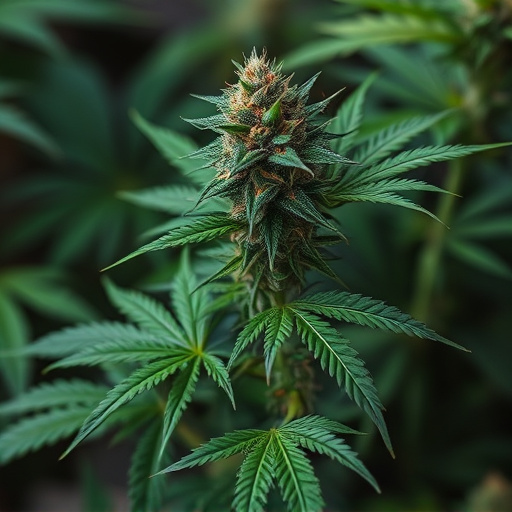
When considering cannabis as a potential tool for managing depression, choosing the right strains is paramount. Different cannabis strains offer distinct chemical profiles, with particular emphasis on cannabinoids like THC and CBD. For depression relief, many find that high-CBD, low-THC strains are most beneficial due to their calming effects without inducing anxiety or paranoia.
Varieties like Granddaddy Purple, Charlotte’s Web, and AC/DC are renowned for their high CBD content, making them popular choices for those seeking natural ways to alleviate depressive symptoms. It’s important to remember that everyone’s experience with cannabis is unique, so consulting with a knowledgeable budtender or healthcare professional can help guide the selection of a strain best suited for individual needs.
Effective Restoration Techniques: A Step-by-Step Guide
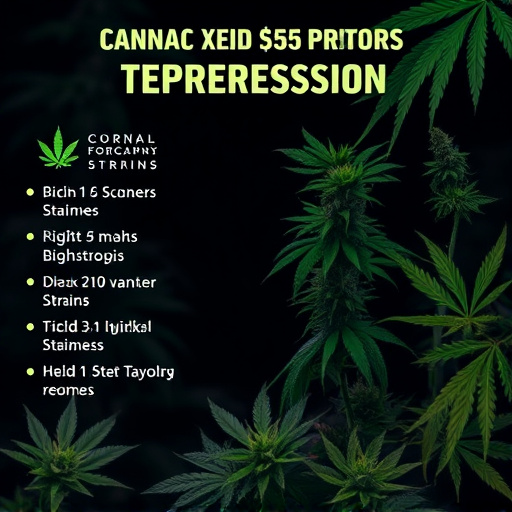
Restoring dried-out weed, or salvaging your cannabis plants after a drought, is an art that every grower should master. It’s particularly relevant for those cultivating cannabis strains known for their therapeutic properties, like those used to alleviate depression. The key lies in implementing effective restoration techniques at the right time.
Here’s a step-by-step guide:
1. Identify the Issue Early: Regularly inspect your plants for signs of drought stress such as wilting, yellowing leaves, or crispness at the edges. Addressing the problem promptly increases the chances of successful recovery.
2. Water Thoroughly but Sparingly: When you notice stressed plants, provide them with a deep watering session to saturate the soil completely. However, avoid overwatering as it can lead to root rot, making the plant more vulnerable. Allow the top inch or two of soil to dry out slightly between waterings.
3. Ensure Optimal Humidity: Cannabis plants thrive in humid environments. Increase humidity around your plants using a misting system or by placing containers on a tray filled with water and pebbles. This step is crucial, especially during restoration as it aids in preventing further dehydration.
4. Provide Nutritional Support: Use a balanced, water-soluble fertilizer to replenish nutrients lost due to drought stress. Follow the product instructions carefully and avoid over-fertilization which can burn delicate roots.
5. Prune with Care: Gently remove any dead or yellowing leaves and branches to reduce the plant’s energy expenditure and encourage new growth. Take care not to prune too heavily, as this can be stressful for the plant.
Restoring dried-out weed is a feasible task with the right knowledge and techniques. Understanding the causes behind wilting cannabis plants, such as dehydration or nutrient deficiency, is crucial in addressing the issue effectively. By selecting suitable cannabis strains known for their depression-relieving properties, combined with a step-by-step restoration guide, you can revive your dried herb. These strategies ensure a fresh and potent supply of cannabis for those seeking natural remedies for mental health support.
